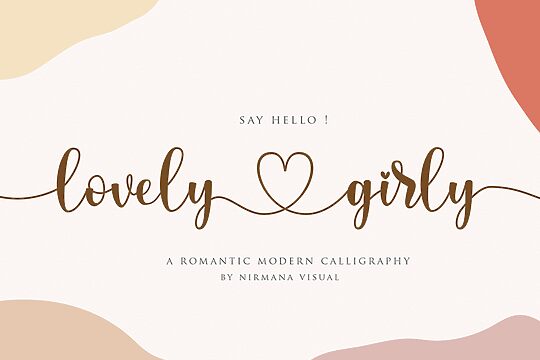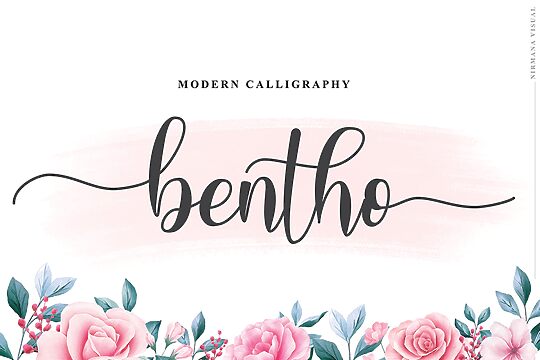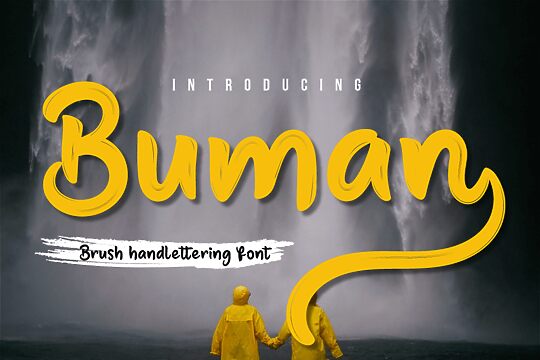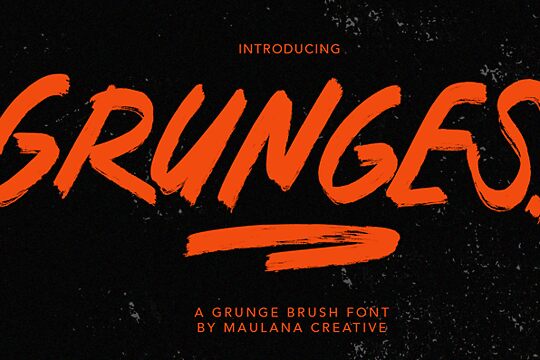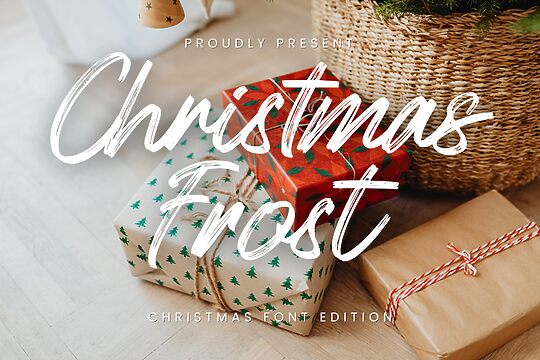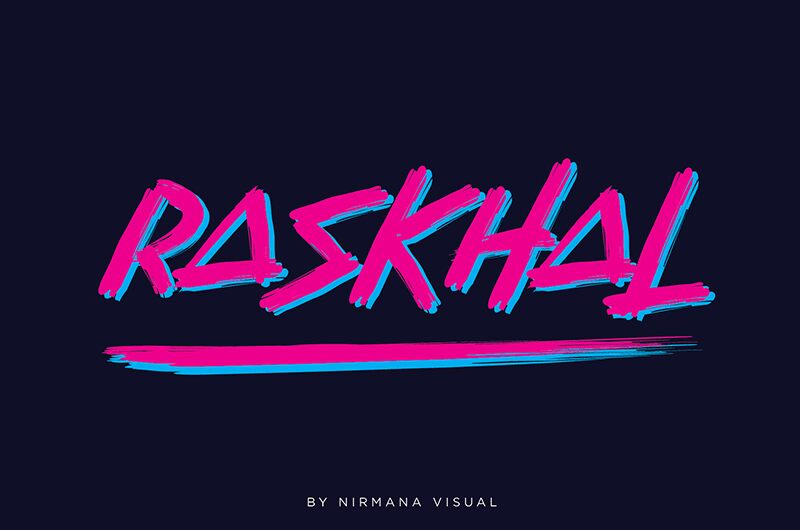
Description
Raskhal font immediately catches any designer’s attention with its dynamic and energetic style. This modern yet powerful textual appearance is the outcome of Raskhal’s specifically designed brush strokes, and no one delivers brush strokes better than a brush font itself. After all, brush fonts are what makes Raskhal font from Nirmana Visual real special, and the creation combines hand sketch effects with type design.
The rebellious and bold visuals with its street art-inspired appearance strike each letter and elevate headlines whether they’re added to posters, banners, or online ads. The rebellious look is an exceptional manner of promotion for drink brands, sports companies, and streetwear businesses, and with this freebie, businesses will always be taken seriously.
The font can be used for creating personal artwork; however, it is not suitable for commercial use where a licensing fee is suggested in order to use it.
The rebellious and bold visuals with its street art-inspired appearance strike each letter and elevate headlines whether they’re added to posters, banners, or online ads. The rebellious look is an exceptional manner of promotion for drink brands, sports companies, and streetwear businesses, and with this freebie, businesses will always be taken seriously.
The font can be used for creating personal artwork; however, it is not suitable for commercial use where a licensing fee is suggested in order to use it.
Author's note
For the full version, please visit https://nirmanavisual.com
The product design process involves a series of steps that transform an idea into a tangible, functional object. This process typically includes the following key stages:
Research and Analysis: Gather information about the target audience, market trends, and user needs. Analyze this data to identify design opportunities and constraints.
Concept Development: Generate multiple design concepts, exploring different ideas, materials, and functionality. Evaluate the concepts and select the most promising one to develop further.
Prototyping: Create physical or digital prototypes to test the selected concept. Gather feedback and iterate on the design to refine it.
Design Refinement: Finalize the design, addressing any remaining issues or improvements identified during the prototyping phase.
Production Planning: Develop detailed specifications, engineering drawings, and a production plan to guide the manufacturing process.
Manufacturing: Oversee the production of the product, ensuring adherence to quality standards and timely delivery.
Post-Launch: Monitor the product's performance in the market and gather user feedback. Use this information to inform future product development and improvements.
By following this structured process, product designers can create innovative and user-centered solutions that meet the needs of the target audience.
The product design process involves a series of steps that transform an idea into a tangible, functional object. This process typically includes the following key stages:
Research and Analysis: Gather information about the target audience, market trends, and user needs. Analyze this data to identify design opportunities and constraints.
Concept Development: Generate multiple design concepts, exploring different ideas, materials, and functionality. Evaluate the concepts and select the most promising one to develop further.
Prototyping: Create physical or digital prototypes to test the selected concept. Gather feedback and iterate on the design to refine it.
Design Refinement: Finalize the design, addressing any remaining issues or improvements identified during the prototyping phase.
Production Planning: Develop detailed specifications, engineering drawings, and a production plan to guide the manufacturing process.
Manufacturing: Oversee the production of the product, ensuring adherence to quality standards and timely delivery.
Post-Launch: Monitor the product's performance in the market and gather user feedback. Use this information to inform future product development and improvements.
By following this structured process, product designers can create innovative and user-centered solutions that meet the needs of the target audience.


